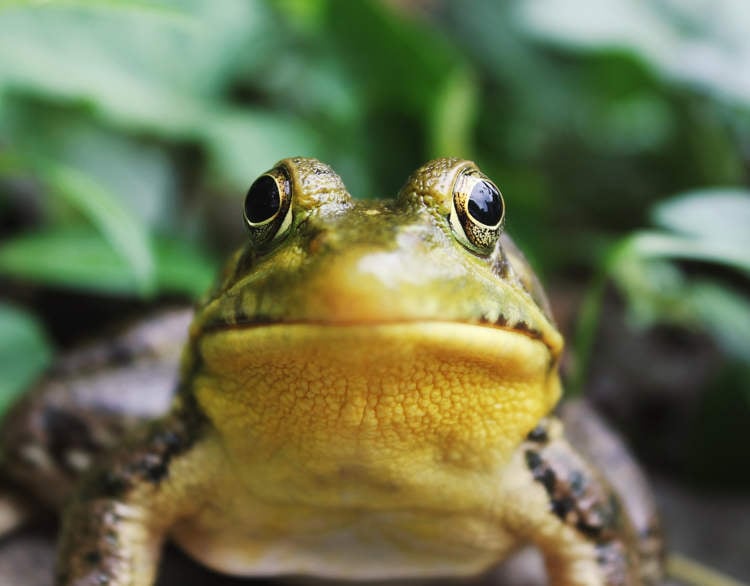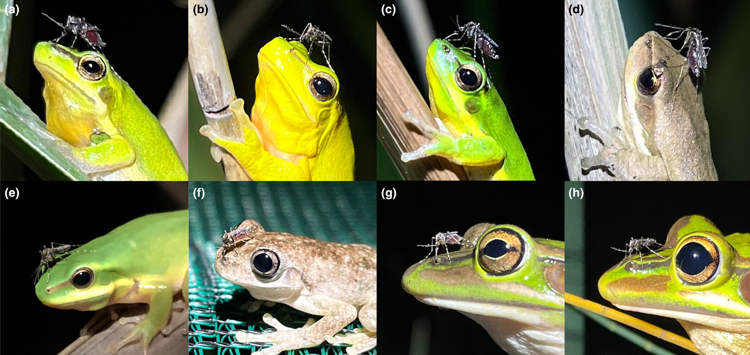A team of scientists studying freshwater ponds on an Australian island observed a rather peculiar mosquito behavior – when feeding on frogs, mosquitoes would always go for the nostrils.
John Gould and Jose Valdez – the first with the University of Newcastle, in Australia, the other the German Center for Integrative Biodiversity Research – spent three years surveying approximately 60 freshwater wetland ponds on Kooragang Island, in New South Wales, Australia. During their research, they observed and photographed a total of 3977 amphibians, but upon returning to their laboratory and laying out all of their photos, they noticed something intriguing. Out of their thousands of photos, 12 of them showed mosquitoes feeding on various species of frogs, but in all of them, the mosquitoes were sucking blood from the animals’ nostrils.

Photo: Jack Hamilton/Unsplash
“In all instances, each mosquito was observed feeding directly on a nostril of its amphibian host, stationed between the eyes of the host and orientated in the same direction as the host,” the scientists wrote in a recently published behavioral note. “There were two occasions where mosquitoes were observed before initiating feeding. In these instances, the mosquitoes landed on the backs of their amphibian hosts and gradually walked up to the nostril to begin feeding. We did not observe any mosquitoes feeding on any other frog body part.”
Feeding site specificity has been observed in blood-sucking insects like frog-biting midges and other species of mosquitoes, but it is particularly intriguing in the case of these mosquitoes – identified by experts as Mimomyia elegans, a species native to Australia – because of the risk of death. The frogs observed by Gould and Valdez feed on mosquitoes, so the insects take a great risk by approaching the snout. However, this also suggests that the nostril is the optimal location for blood extraction, hence worth the risk.
“By landing away from the head of frogs, the mosquito may be able to better avert detection during its flight towards the host and thereby bypass predation and/or defensive responses that allow it to then sneak up to the target site for feeding,” the authors wrote.

Photo: Ethology (2023). DOI: 10.1111/eth.13424
Although the observations of the two scientists do not exclude the possibility of Mimomyia elegans mosquitoes feeding on other areas of frogs, it suggests that they prefer the nostrils despite a relatively higher risk. The nostril’s thinner skin likely makes reaching blood vessels easier, but this species of mosquito has long, strong biting parts that should have no problem piercing skin on other frog body parts. And yet they always go for one precarious area…
More research is needed to figure out why Mimomyia elegans mosquitoes are so obsessed with frogs’ nostrils when it comes to feeding.












